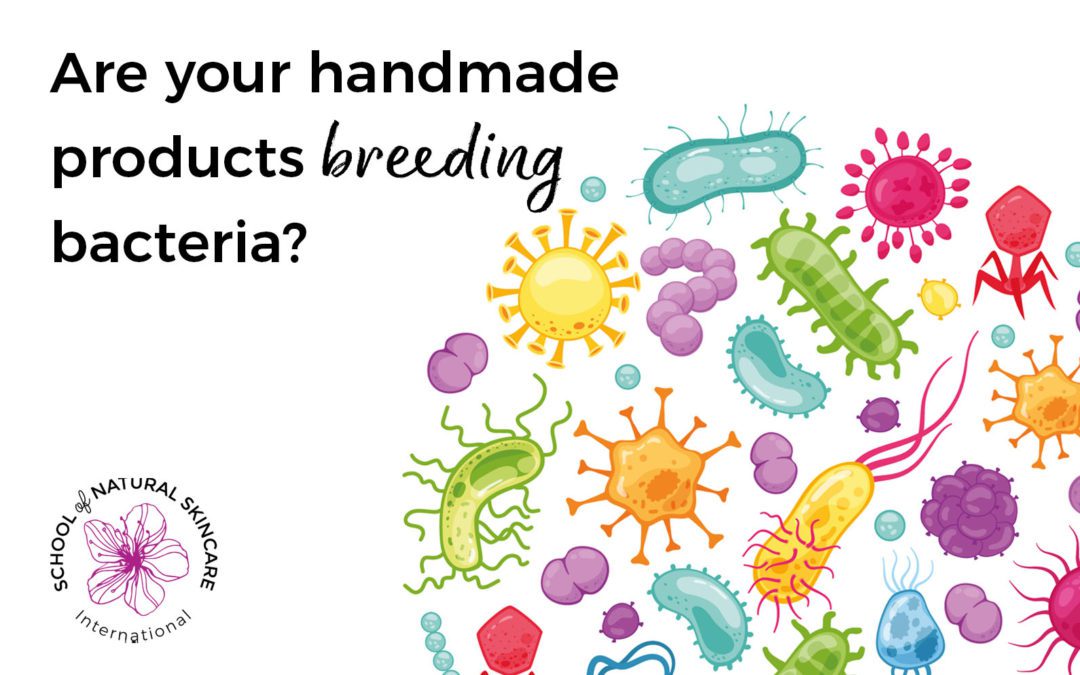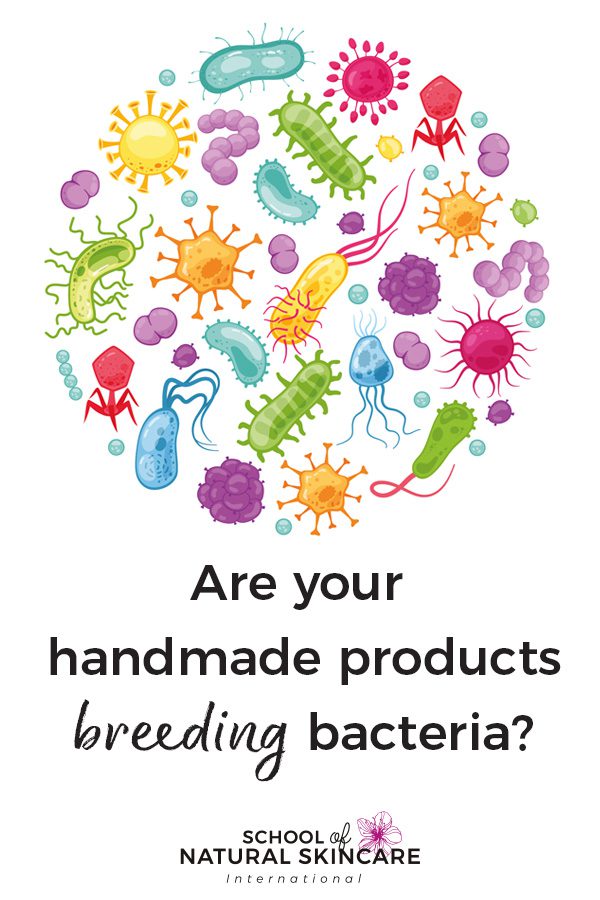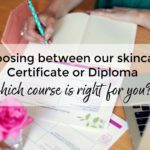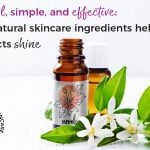Most people choose to make their own natural skincare products because they want to use chemical free products that are kinder and safer on their skin and to take advantage of the wonderful benefits natural ingredients can bring.
BUT did you know….
There are many, many natural recipes out there, both online and in published books, that are actually unsafe and putting your health at risk?
Many products made with these recipes can become infected with microbes and grow mold, yeast and dangerous bacteria such as, staphylococcus – pretty yucky, hey?
Bacteria, mold and yeast growing in your products will:
1) Cause the product to spoil or “go off”. Noticeable signs may include the colour changing or the product smelling terrible (but a waring: not all signs are noticeable to the naked eye)
2) Have some nasty consequences for your health including skin and eye infections, thrush, toxic shock and atopic dermatitis.
Take note:
- Lots of well meaning beauty and DIY bloggers (some with huge followings) don’t understand the fundamentals of creating safe products and are posting these potentially hazardous recipes.
- Many books are also doing the same.
- Worrying there are also homemade products for sale (online, in shops and craft fairs) that are also made by people who don’t understand the fundamentals of making safe products, thereby putting the health of their customers at risk.
How to create safe, natural products
You need to understand the fundamentals of natural product formulation. The most important part of which is when you need to use a preservative in your product and when you do not.
Q: When can a product be “preservative free” and still safe?
A: Anhydrous products (or non-aqueous products i.e. those that don’t contain water) are not susceptible to microbiological proliferation.
- This means that anhydrous products do not provide conditions under which bacteria, yeast and fungus will breed and therefore in most circumstances they do not need a preservative.
- Anhydrous products are oil based products made of vegetable oils, butters and waxes only.
- They include body and facial oils, massage oil, balms, salves, oil based body butters, lotion bars and massage bars.
- An antioxidant can be added to these products to extend their shelf life. Antioxidants slow the process of oxidation which causes oils to go rancid.
Q: When do you need to use preservatives in your natural products?
A: Any product that contains water (including flower water, herbal infusions, aloe vera) NEED a preservative. This includes emulsions i.e. creams and lotions, and other aqueous products such as toners.
THIS is the single most important fact to understand when creating your own natural skincare products (and the fact that many DIY beauty bloggers do not understand).
Studies show that bacteria, yeasts and fungi grow “copiously” in unpreserved creams and lotions. Is that something you want to rub all over yourself?
The risk of using preservatives in your products is far less than the risk of not using them.
Vitamin E, rosemary extract, tincture of benzoin and grapefruit seed extract are NOT preservatives.
How can you ensure your skincare products are safe?
We are passionate about helping you create natural, effective AND SAFE products.
- Educate yourself about safe and unsafe products! Start with our free guides: Natural preservatives for cosmetics and How to make sure the skincare products you make are safe and stable
- Be certain of the quality of the recipe you are following. Do not blindly follow recipes found online. Check your sources. Be responsible.
- If you want to avoid preservatives – the good news is you can. If you ONLY make and use anhydrous products.
- Learn how to make skincare products properly by taking a high quality training course such as our online courses and Diploma in Natural Skincare Formulation.
Sources:
Microbiological Profile of Selected Cosmetic Products with and without Preservatives after Use
DAVID W. ANDERSON, JR., Ph.D.,* and MARION AYERS, B.A.•
Contamination of Emollient Creams and Ointments with Staphylococcus aureusin Children with Atopic Dermatitis
Carr, J.1; Akram, M.; Sultan, A.; Hunter, L.; Moustafa, M.; Messenger, A.; Fenton, P.; Cork, M. J.
Enjoyed reading about preservatives? Save this image below on Pinterest so you can be sure to remember!













